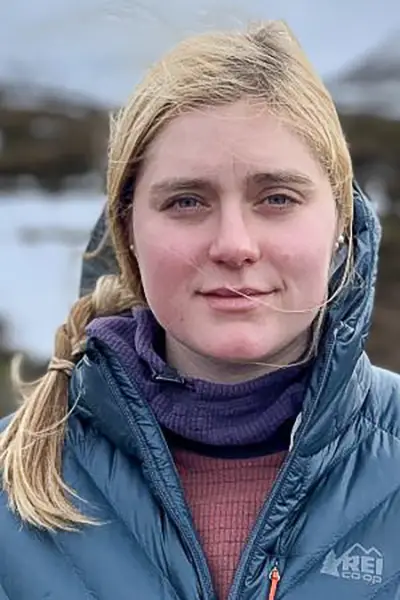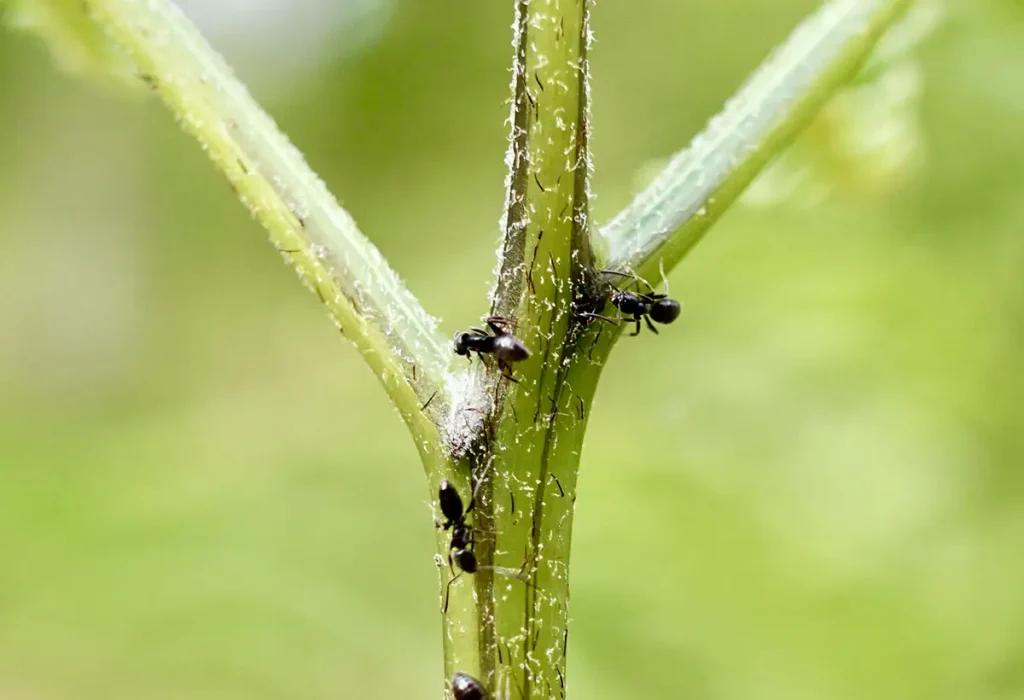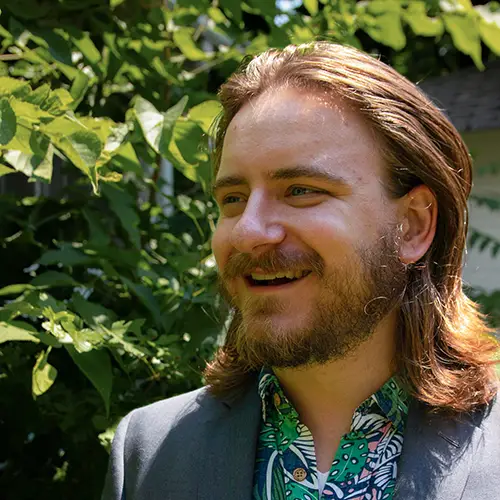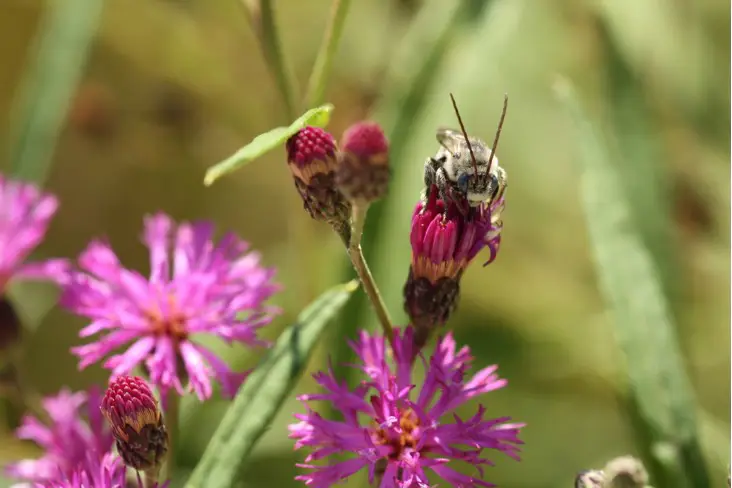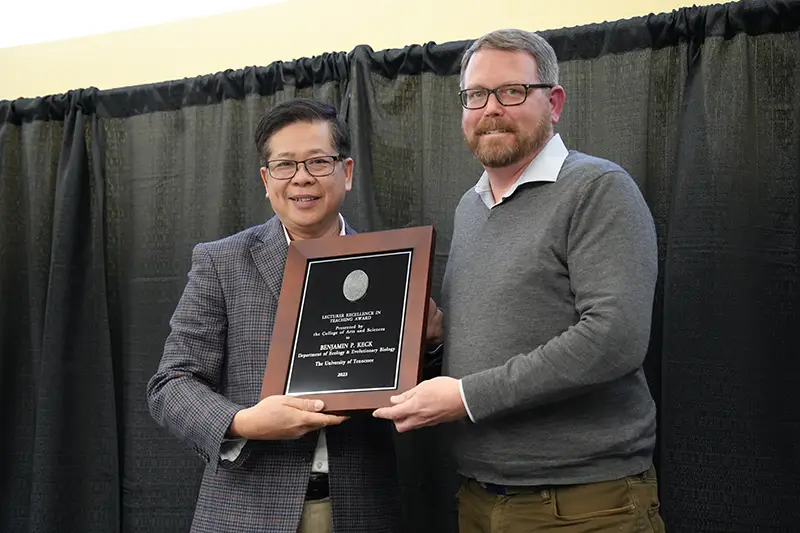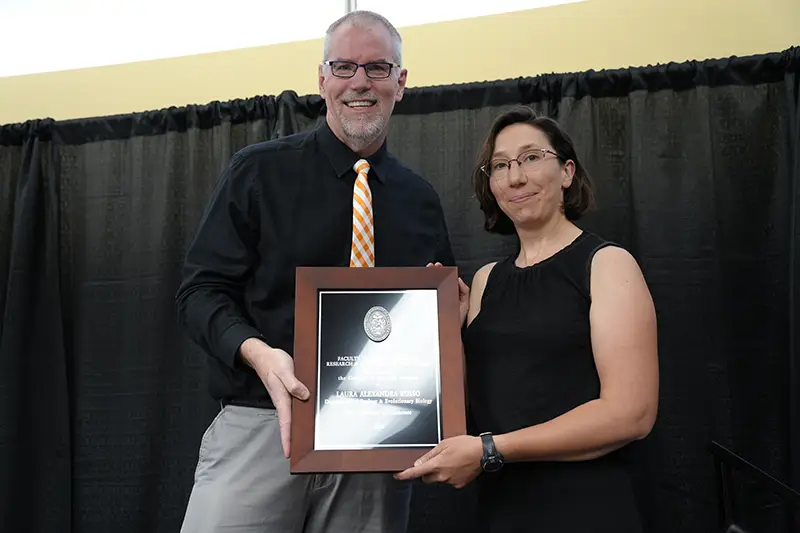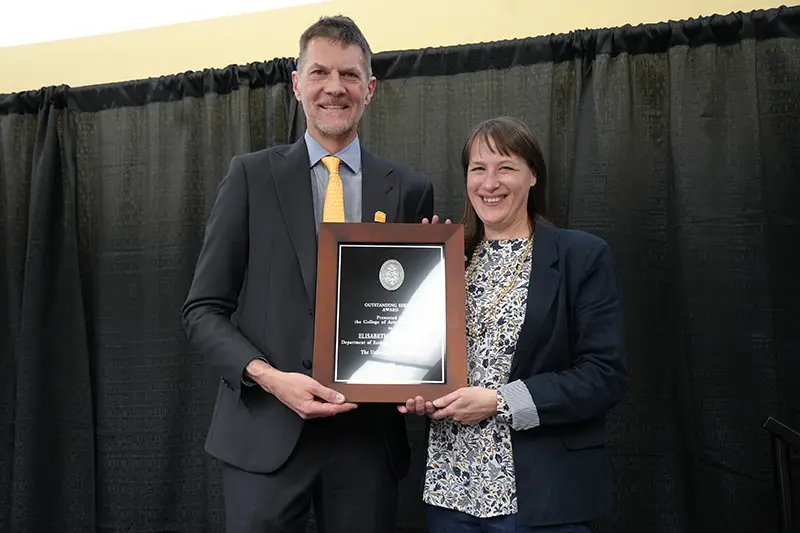UT Faculty, Students Sharing Ecology Research
UT Faculty, Students Sharing Ecology Research

Ecologists from around the world learned about research conducted at the University of Tennessee, Knoxville, during the annual Ecological Society of America meeting this month.
About 20 oral presentations plus poster sessions featured UT faculty and students’ findings in areas including climate change, biodiversity, ecosystems, symbiotic relationships, and species that range from Appalachia to Africa. The ESA meeting in Long Beach, California, Aug. 4-9, drew around 3,000 attendees.
The UT presenters include half a dozen faculty members from the Department of Ecology and Evolutionary Biology (EEB): Distinguished Service Professor Paul Armsworth; Research Professor Richard Norby; Associate Professors Orou Gaoue, Xingli Giam, and Stephanie Kivlin; Lecturer Amanda Benoit; and Adjunct Lecturer Joseph Edwards.
“The ESA annual meeting is an outstanding opportunity for ecologists to learn about new work, network, and meet up with collaborators and colleagues, and is always so inspiring,” said Professor Jen Schweitzer, head of the EEB department. “Everyone attending always returns with new ideas and so much excitement about their research and next directions. ESA also does a great job of providing diverse professional development opportunities to help attendees expand their toolboxes of professional and discipline-based skills. I am thrilled there was such great attendance this year!”
The UT Institute of Agriculture had two faculty members present their research, Professor Jennifer DeBruyn and Assistant Professor Mark Wilber, and affiliates of the National Institute for Modeling Biological Systems (NIMBioS) also were delivering talks at ESA’s meeting.
Two EEB researchers received awards from ESA this year. PhD student Alivia Nytko was honored for her 2023 ESA poster presentation on research that suggests plant rarity might be an evolutionary adaptation. EEB Professor Michael Blum, associate dean for research and creative activity in the College of Arts and Sciences, received recognition for an outstanding ecological research paper, which focused on rapid plant evolution in how ecosystems respond to global change.
By Amy Beth Miller




